mixing valve or ball valve, or leave it alone
evans
17 years ago
Related Stories

DECLUTTERINGDownsizing Help: Choosing What Furniture to Leave Behind
What to take, what to buy, how to make your favorite furniture fit ... get some answers from a homeowner who scaled way down
Full Story
FUN HOUZZ31 True Tales of Remodeling Gone Wild
Drugs, sex, excess — the home design industry is rife with stories that will blow your mind, or at least leave you scratching your head
Full Story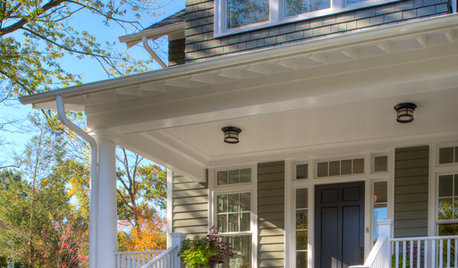
MONTHLY HOME CHECKLISTSOctober Checklist for a Smooth-Running Home
You're due for some winterizing, like clearing rain gutters and stowing swimsuits — but leave time for a fun project
Full Story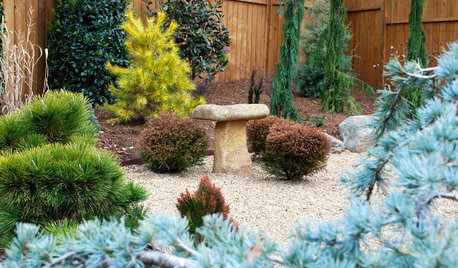
GARDENING GUIDESGreat Design Plant: Thuja Occidentalis ‘Bobozam’
Sculptural, diminutive and low maintenance, Mr. Bowling Ball arborvitae works hard in small spaces
Full Story
LIFEDecluttering — How to Get the Help You Need
Don't worry if you can't shed stuff and organize alone; help is at your disposal
Full Story
HOME OFFICES6 Great Places for a Discreet Mini Office
Tucked in a niche or hidden in plain sight, these workspaces let you get the job done without leaving home
Full Story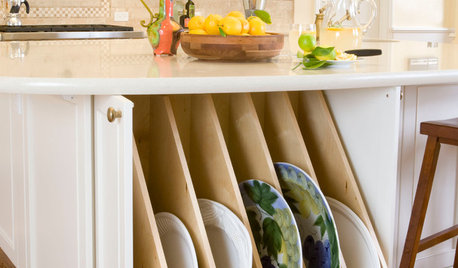
KITCHEN STORAGE13 Popular Kitchen Storage Ideas and What They Cost
Corner drawers, appliance garages, platter storage and in-counter knife slots are a few details you may not want to leave out
Full Story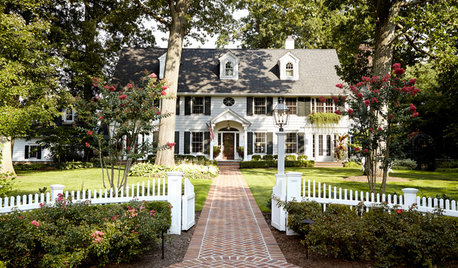
DECORATING GUIDESHouzz Tour: Much to Like About This Traditional Beauty
New elements mix well with old in a New Jersey family’s elegant and comfortable colonial revival home
Full Story
FARM YOUR YARDHow to Grow Vegetables in Containers
Get glorious vegetables and fruits on your patio with a pro’s guidance — including his personal recipe for potting mix
Full Story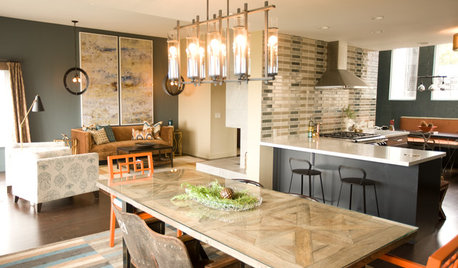
KITCHEN DESIGNKitchen of the Week: Navy and Orange Offer Eclectic Chic in California
Daring color choices mixed with a newly opened layout and an artful backsplash make for personalized luxury in a San Francisco kitchen
Full Story








lazypup
evansOriginal Author
Related Professionals
Boise Plumbers · Wolf Trap Handyman · North Druid Hills Kitchen & Bathroom Remodelers · Glade Hill Kitchen & Bathroom Remodelers · Centerville Kitchen & Bathroom Remodelers · Cocoa Beach Kitchen & Bathroom Remodelers · Folsom Kitchen & Bathroom Remodelers · Gilbert Kitchen & Bathroom Remodelers · Kettering Kitchen & Bathroom Remodelers · Londonderry Kitchen & Bathroom Remodelers · Southampton Kitchen & Bathroom Remodelers · Superior Kitchen & Bathroom Remodelers · Wilmington Kitchen & Bathroom Remodelers · Winchester Kitchen & Bathroom Remodelers · York Kitchen & Bathroom Remodelerslazypup
evansOriginal Author
lazypup
evansOriginal Author
lazypup
evansOriginal Author
lazypup
evansOriginal Author